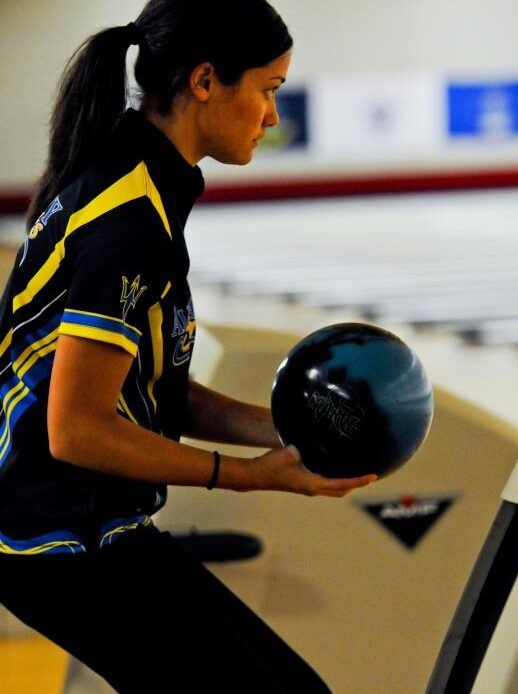It’s one thing to bowl in your local league, but it’s entirely another to bowl competitively in a tournament.
In addition to the level of competition, tournament play also means that a good deal of money is at stake (both potential prize money as well as your own entry fee) and you only have one chance to perform, unlike a long league season where a bad day here and there is common and even expected.
But if you’re at the point of having built up a good bowling average in league play, a tournament is a logical next step for your game.
If you’ve decided to sign up for a bowling tournament, there are a few things to do to prepare for competition. You want to make sure the mental side of your game is on point so you are able to stay focused, positive and ready. But another question you’ll want to consider has to deal with your equipment. Specifically, should you make any special changes or considerations for the bowling balls that you use for tournament play as opposed to your regular sessions?
Preparing Your Bowling Equipment for Tournament Play
When deciding what ball(s) you will want to use in your bowling tournament, a consideration of your specific context is always the first step. This means assessing your your own bowling style, and the likely demands and format of the tournament. Overall, you want to ensure that any balls you use complement each other and give you something specific so you don’t end up with a bunch of balls with duplicated functions and attributes.
So what does this look like in practice?
On one end of the spectrum, if you’re a bowler who likes to keep things simple and doesn’t usually change balls, you can build a basic 2 ball setup with one more reactive ball for hook and a polyester ball for straight shots/spares. This would be appropriate for an amateur trying their luck at a local tournament mainly for fun and to see how they do.
But most competitive tournament bowlers will want to have more variation in their bowling ball arsenal to allow them to make better adjustments for different lane conditions and time periods.
For this goal it is useful to consider the 4 major types of ball motion. Each of these will correspond to a particular ball. The 4 types of motion are traction (a ball that hooks earlier and then goes fairly straight), continuous (which hooks later and drives through the pins), angular (the type that starts straight and then hooks hard at the end) and the…
Click Here to Read the Full Original Article at Beginner Bowling Tips Blog – Beginner Bowling Tips…
